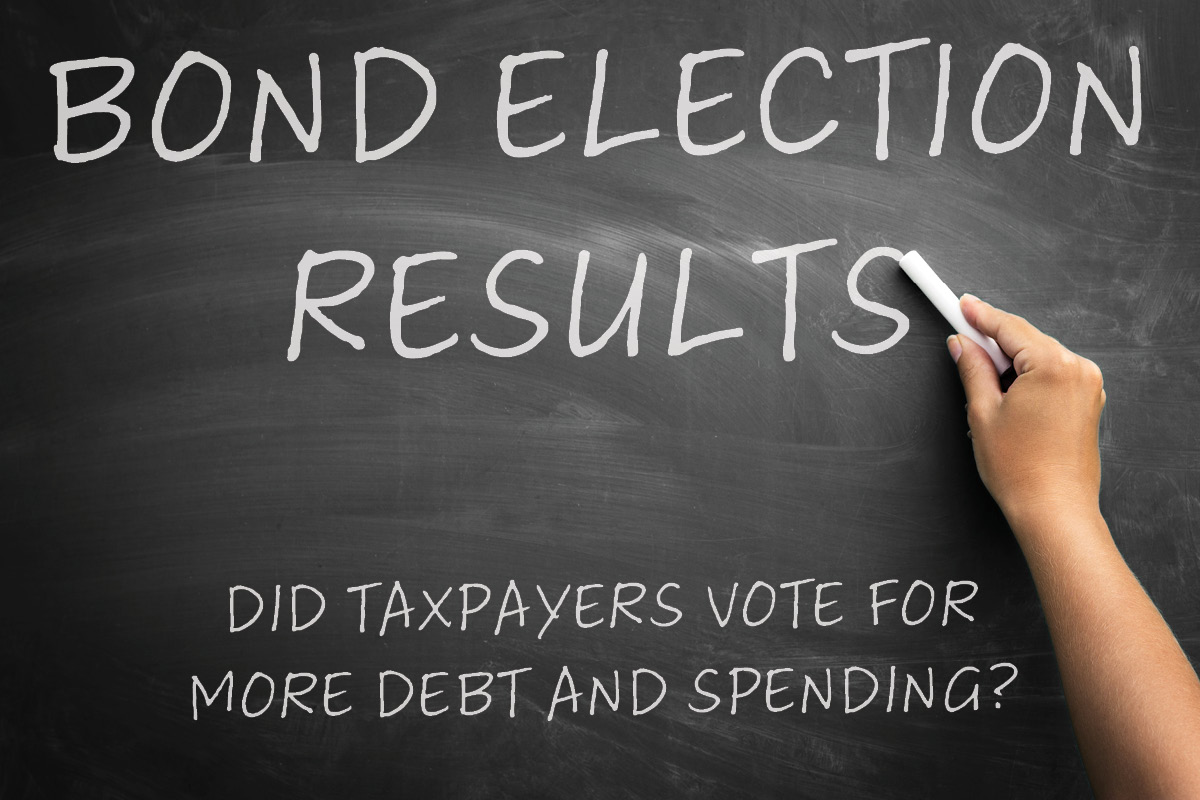November 2023 Local Bond Election Results
Iowa counties, cities, and schools put forward bond questions for the election yesterday across 50 counties, covering 75% of the state’s population and totaling a potential $1.72 billion in new spending. The decision facing taxpayers was whether or not they wanted to saddle themselves with new debt and higher property tax bills during a time of rising inflation and national economic uncertainty. Statewide, 366,488 ballots were cast, representing 16.68% voter turnout.
Results
A total of 45 bonds were on the ballots for six counties, four cities, and 35 public school districts. Only 22 of the bonds met the 60% threshold to pass. As shown in the following table, these results translate to $951.9 million in new spending, with the largest from the Polk County bond for Des Moines Airport.
Voters responsible for Cedar Rapids Community School District (CSD) overwhelmingly defeated the largest school bond proposal in state history. Other large requests, such as those from Dubuque CSD and Lewis Central CSD, received majority support but failed to achieve the supermajority of 60% to pass.
Many of the school districts whose bond proposals failed yesterday have experienced declining enrollment over the last 10 years. However, some with declining enrollment still found a way to win over taxpayers: Durant CSD, Harris-Lake Park CSD, Mid-Prairie CSD, and North Tama CSD. The school districts in the Des Moines metro area with increasing enrollment overwhelmingly approved their bond measures.
City bonds in Linn, Story, and Marshall County failed, leaving Burlington as the lone winner. Turning to counties, four will be receiving new jails and law enforcement centers, but Webster County failed to receive the supermajority to fund a new jail proposal.
Overall, the proposal with the strongest support was Van Meter’s CSD bond, at 86%, while the bond with the least support was Schaller-Crestland CSD’s, with only 35.5% support.
Effect of a New Property Tax Law
Earlier this year, the state government enacted a wide-ranging package of property tax reforms, with one major provision restricting bond elections to November each year. The intent was to increase voter turnout for issues that have a direct effect on property taxes. Governments that choose to try again for any bonds that failed yesterday must wait a calendar year before they can put them before voters again.
Another new requirement in the legislation is direct notification about bond elections. The commissioner of elections or auditor for each county conducting a bond election must mail every registered voter a notice that includes the full text of the public measure to be voted on days prior to election day.
The Secretary of State reported the city and school election for the first time, allowing taxpayers to watch in real time as results were posted. Future years of November bond elections with statewide reporting and data will allow for better analysis for local governments and taxpayers alike.


